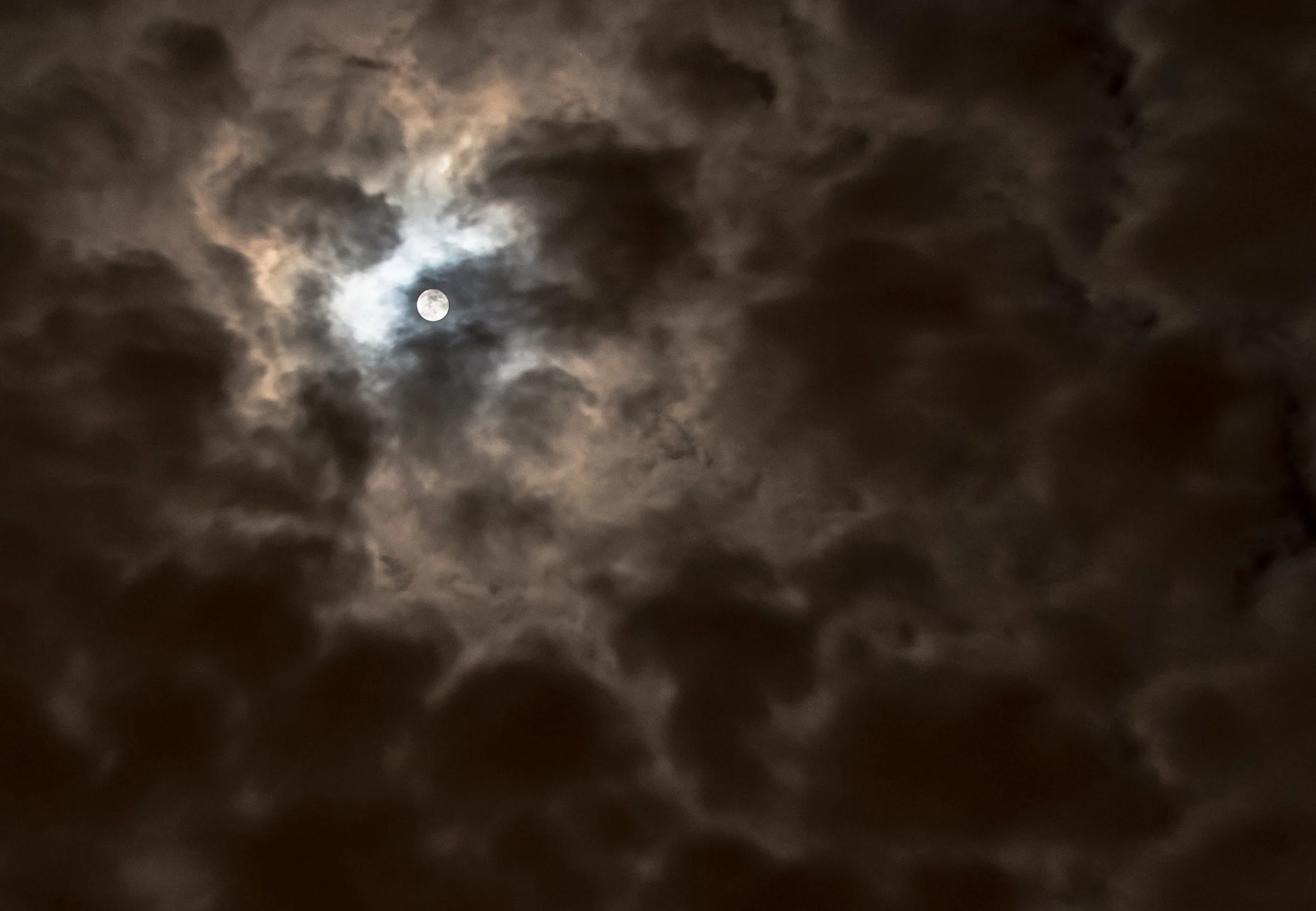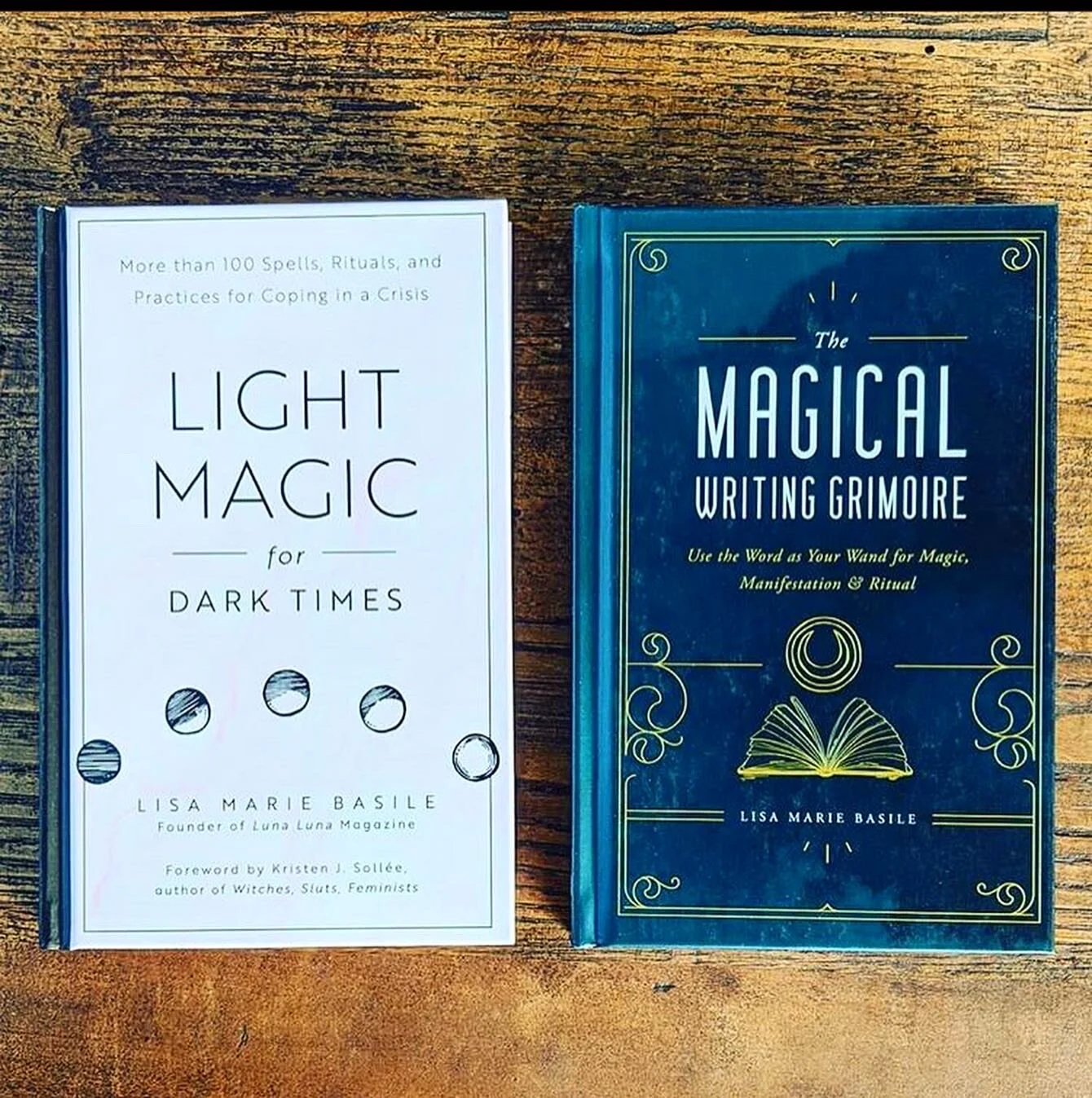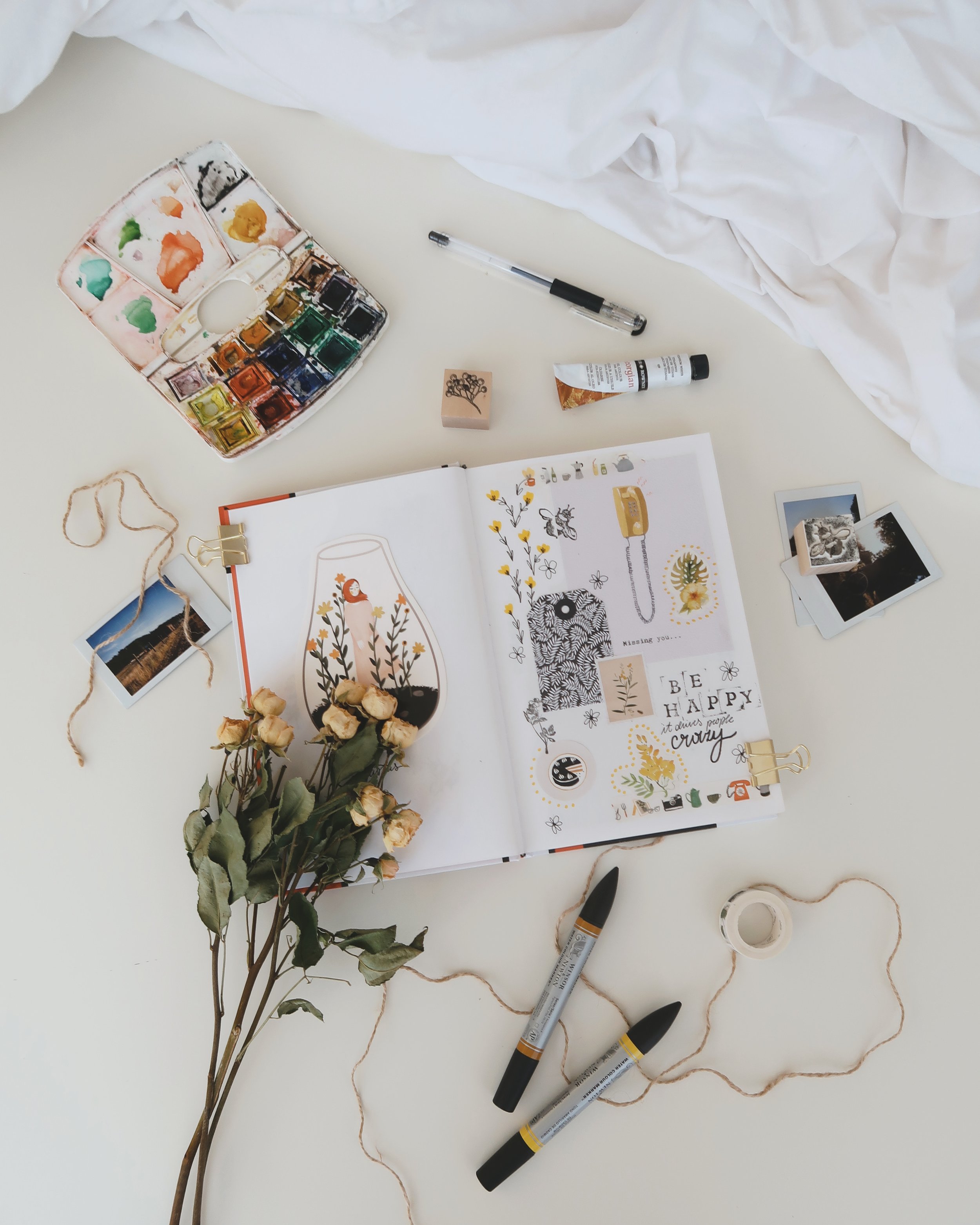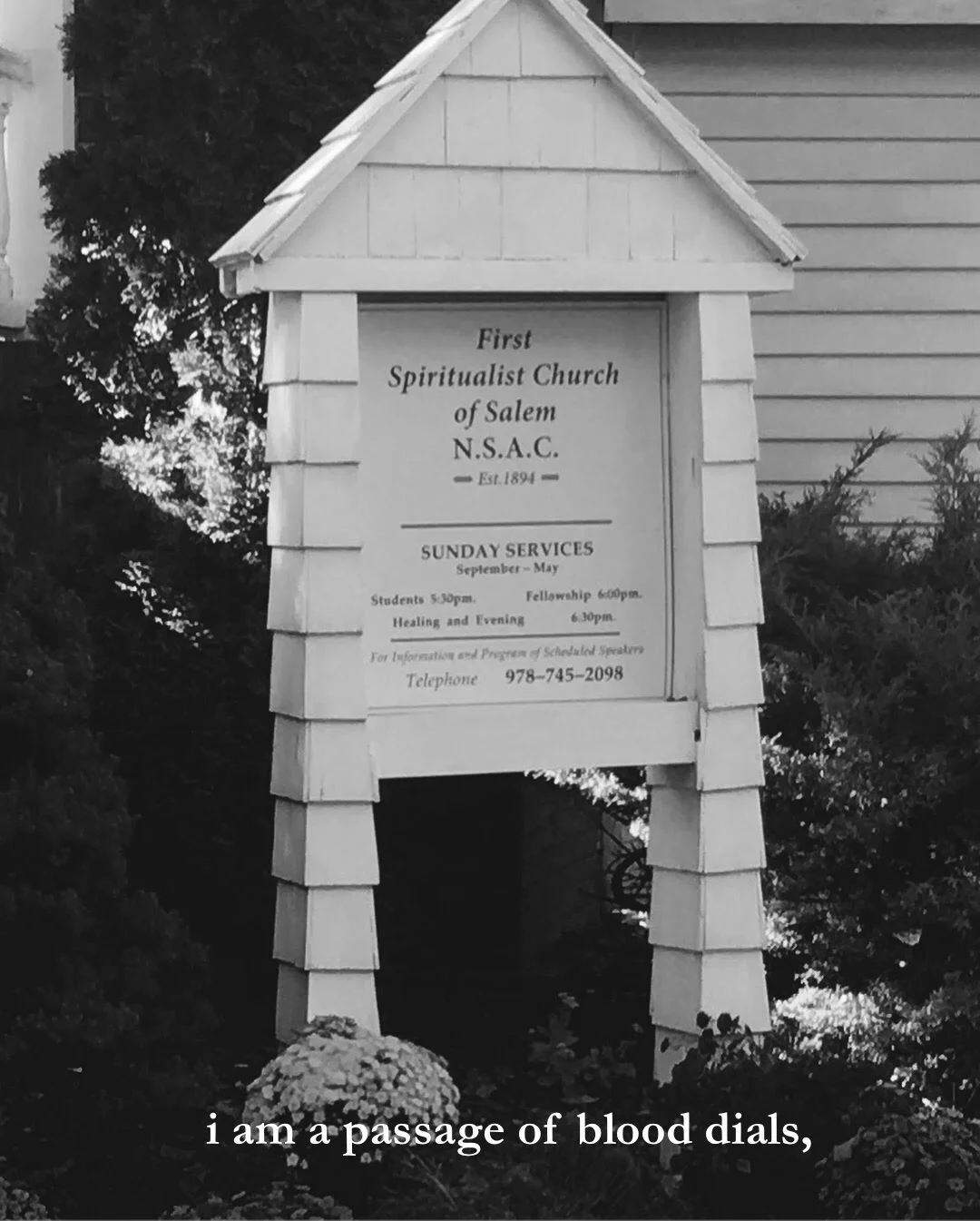BY LISA MARIE BASILE
Your art is spiritual and feminine, but it can also be really gritty and intense; what story do you want to tell?
A story that is real, human and natural. As women, we have been told for centuries to be either the fairy tale princess lest we be the old hag, the evil witch. Within my work I am trying to connect to the endless possibilities, to show that even for a fleeting moment what one can dream, can be real. It’s part of what draws me to photography as a medium. It all has to happen in some form of reality for me to capture it. I want to create a world where we are tuned in with nature, with the cosmos, a world where women can be beautiful, mysterious, wise, and most importantly human first.
Why do you think the figure of the witch persists (and haunts) in today's culture?
The witch, for myself and I think for many other women as well, is a symbol of feminine strength and a woman with agency over her herself. She is not afraid to grow old and be wise. It is in her wisdom and agency though that she became something for men to fear. I like to think that she still persists because she is a symbol of what it is to be strong, to be human, to be in touch with one's self, nature and what some might call magic. Sadly we still need this symbol, women all over the world are still subjected and are deemed less than due to their gender. We are still fighting so many battles for women’s equality, trans-equality, and battles for the preservation of our natural world and the witch is a great symbol that speaks to those battles.
You come from New England, a fascinating, natural, sprawling region. How exactly does location work its way into your work. Beyond literally being shot in nature, what does the essence of place to do you?
A place remembers, a place holds its own history in its earth, in its nature. There is something here in New England that I can’t totally articulate, but it’s dark and ancient. The landscape and nature here refuses to be ignored, but it’s subtle, like a vine tearing down a brick wall or the craggy cliffs cut from slow moving glaciers thousands of years ago. Something here just feels so cloaked in mystery, nothing here feel obvious, and that’s part of what always pulls me back here, there is always something to discover, some crazy beauty, some strange occurrence that I didn’t quite notice the last time.
How did you discover and explore your aesthetic? When did you understand your drive and, really, how did you learn to execute it so well?
Honestly, I am still discovering and learning. Although I thank you for that compliment. I have ever since I have been a pre-teen been interested in the occult, feminism, nature and folklore. I guess you could say I still am and I am still exploring them. I just have this internal unquenchable urge to create and shoot. It’s like an addiction honestly. It was through that that I think I got better at execution, practice, lots and lots of trying and failing. I once had an art professor tell me that the moment you create a piece of work you are happy with is the day you stop creating. I have learned to never be happy with my work, but to let it pass though me in a sense, to me all my pieces are good enough for now.
Which other artists challenge and inspire you?
I feel pretty blessed to be living in a time that connects so many artists all over the globe and can put just about any art at my fingertips. In truth, I am in constant awe of my contemporaries that, regardless of how hard it is to be an artist and thrive in this economy, persist and create beautiful works of art. This may not be the challenge you are speaking of but it’s the challenge that I think all of us artists feel, and that’s how to make a living with our work. I am also so humbled to be able to call so many artists my friends and collaborators, such as Gillian Chadwick of Elemental Child, Bill Crisafi, and Jamie Mooers or Burial Ground, Allison Scarpulla, Tea Leigh, Steffanie Strazzere, Emily Theobald and Sam Dere of Paper Bunnies -- to name just a few.
Read more about Courtney Brooke here.



































